|
What does it mean to eat healthy? The concept of eating healthy can vary, depending on the individual and circumstances. For example, someone that is feeling poorly at the hospital, with loss of appetite and the only thing they can manage is pudding and custard, then that’s healthier than not eating anything at all. On the other hand, if someone has excessive weight, and is at high risk of getting diabetes, then eating a bowl of porridge and fruit in the morning, for example, is healthier than eating pudding and custard. “Healthy eating is about having a balance of different foods and nutrients in the diet for good health and wellbeing. It is not about ‘dieting’. It doesn’t have to be boring or difficult. Healthy eating is about enjoying your food, at the same time as being mindful about what you eat.” British Dietetic Association There are a set of guidelines for the general population which defines the basics of healthy eating. Which is what I’m going to talk about today. EatWell Guide Each country has its own visual guide to help it’s population to eat healthy with foods that they recognise and according to their culture. Public Health England has created its own guide, called the EatWell Guide. You might probably be familiarized with it, but still have some questions about how to put it into practice. If you don’t know what I’m talking about, you will learn quickly. The EatWell Guide is divided into 5 groups:
Each one of these 5 food groups are important and its nutrients have different roles in our body. For example, fruit and vegetables are rich in fibre, vitamins and minerals (we call them micronutrients) are essential to the body’s many biochemical processes. The group of bread, pasta, rice, cereal and potatoes are the main sources of carbohydrates, which are the preferred source of fuel to our brain and body. They are also an important source of vitamin B (important to help the body convert food into energy). Dairy and dairy alternatives are important sources of protein and calcium, essential nutrients for growth, development and maintenance of healthy bones and teeth. The group of beans, pulses, fish, eggs and meat, are an important source of protein which is the body’s main building block. Oils and spreads are a great source of fats. And has many important functions in the body. Like carbohydrates, fat provides energy but is more calorie-dense (calorific) in comparison. For the well function of our bodies, we need to have a variety of foods from all these groups in the right proportion. I understand from my clients that the majority know what the food groups are, however they are not aware how much they should be eating from each food group. Especially with the rise of all these different diets, like Low-Carbohydrate, Keto diet, Vegan, etc. It’s important to note that when we eat the right proportions of each food group, our body achieves a sense of well-being. And this can be noticed by the reduction of cravings, mood swings, and we start feeling energetic and happier overall.
How to know if your plate is balanced?
High sugar, high fat and salty products are not included on the Eatwell guide because the consumption of these foods must be limited. Always read the labels to make your choices healthier. Read my blog post about how to make smarter and healthier choices here. Conclusion Eating healthy is becoming more a priority nowadays, however people are confused with too much information on the internet and influencers on social media advertising all types of diets and products. You need to know where to get reliable information and always talk to a dietitian before making changes in your diet. Don’t aim for perfection, but rather progress. What counts is the sum of all your healthier choices over a period of time. Occasionally, you will eat a piece of cake or other foods that are not part of the Eatwell guide, and that’s fine. For now, think about the changes you can make in your diet to make it healthier, and stick to them. You will start feeling a sense of satisfaction and well being and you will never look back. In summary:
Resources Download the Eatwell Guide here. References https://www.bda.uk.com/resource/healthy-eating.html https://www.nhs.uk/live-well/eat-well/the-eatwell-guide/ https://www.bhf.org.uk/informationsupport/support/healthy-living/healthy-eating/healthy-eating-toolkit/food-portions/vegetables Joana Jardim
UK Registered Dietitian, MSc Clinic Nutrition Founder of YourDietAdvice.com
0 Comments
Leave a Reply. |
Categories
All
AuthorHi, I'm Joana, a Portuguese registered dietitian in the UK. I am passionate about helping others achieving their health goals. Archives
June 2024
|

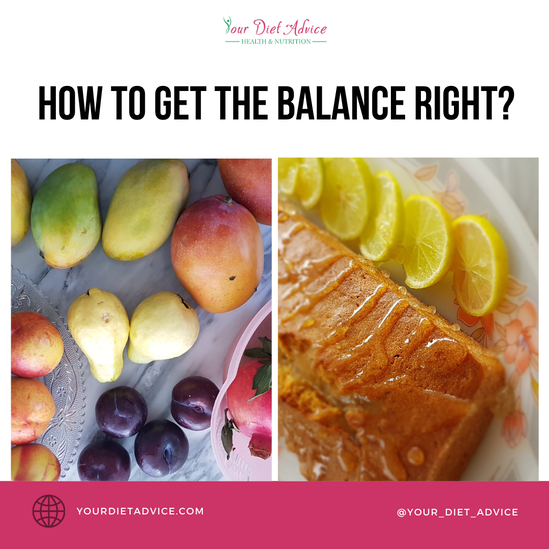
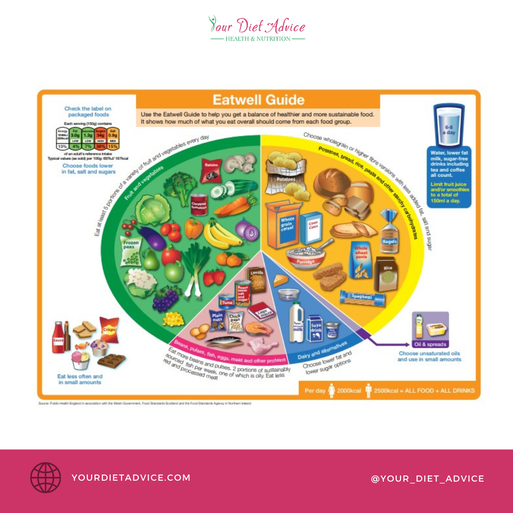
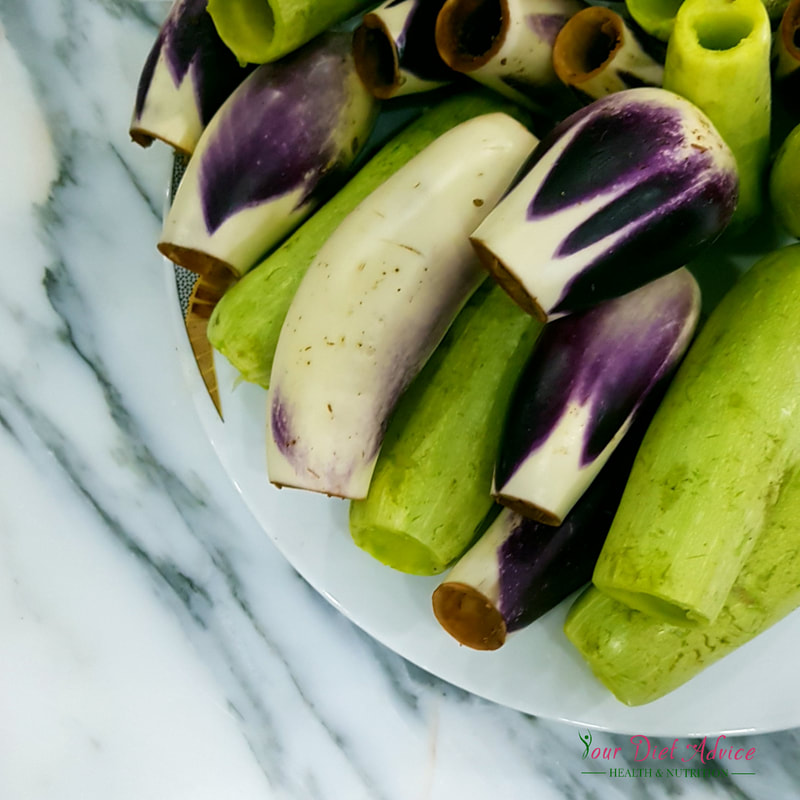
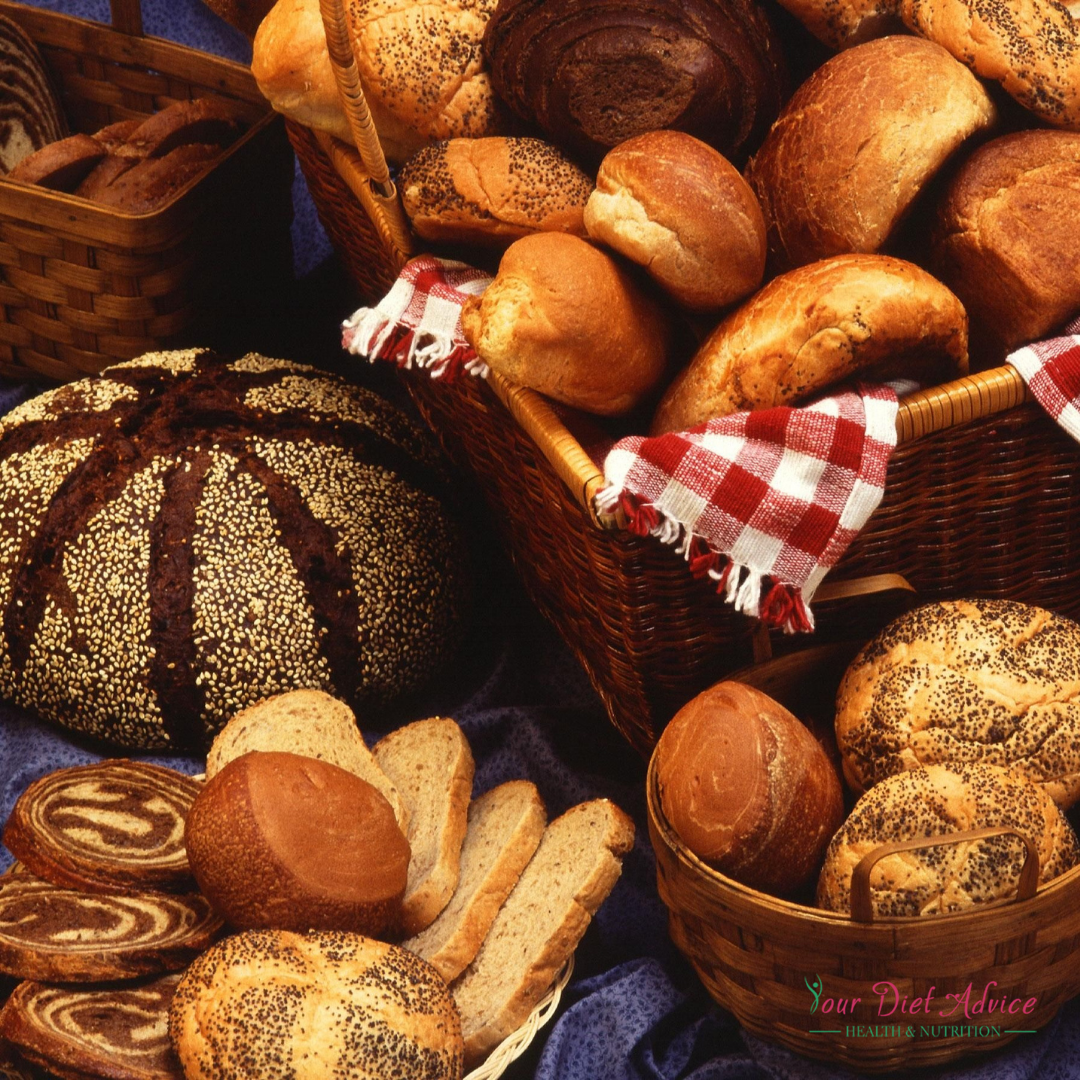
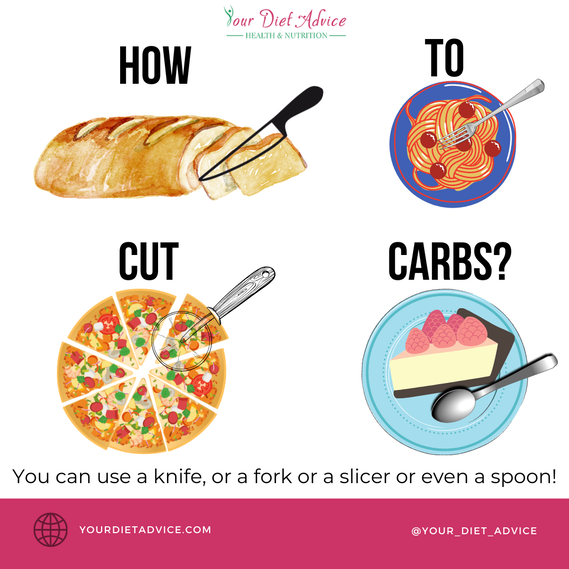
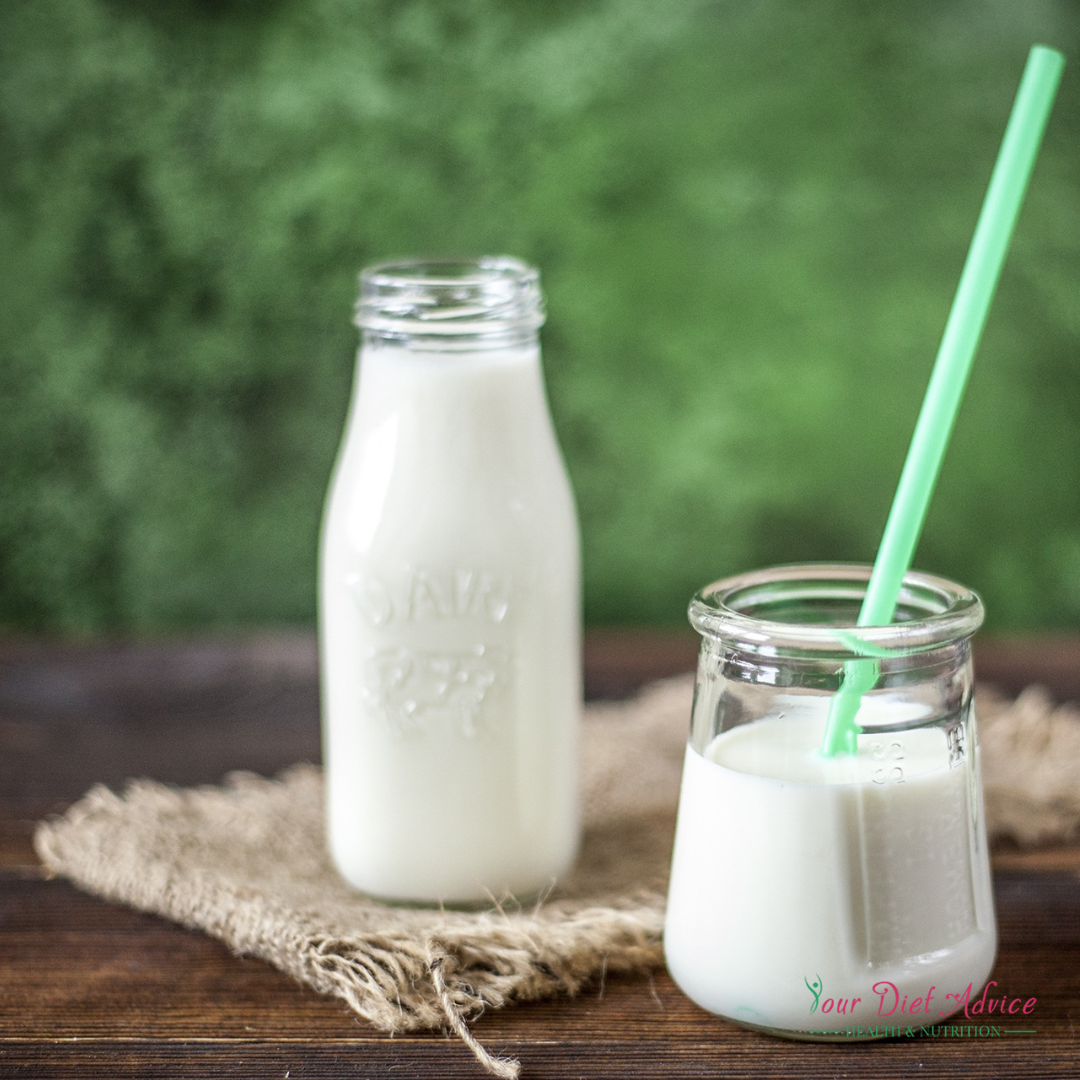
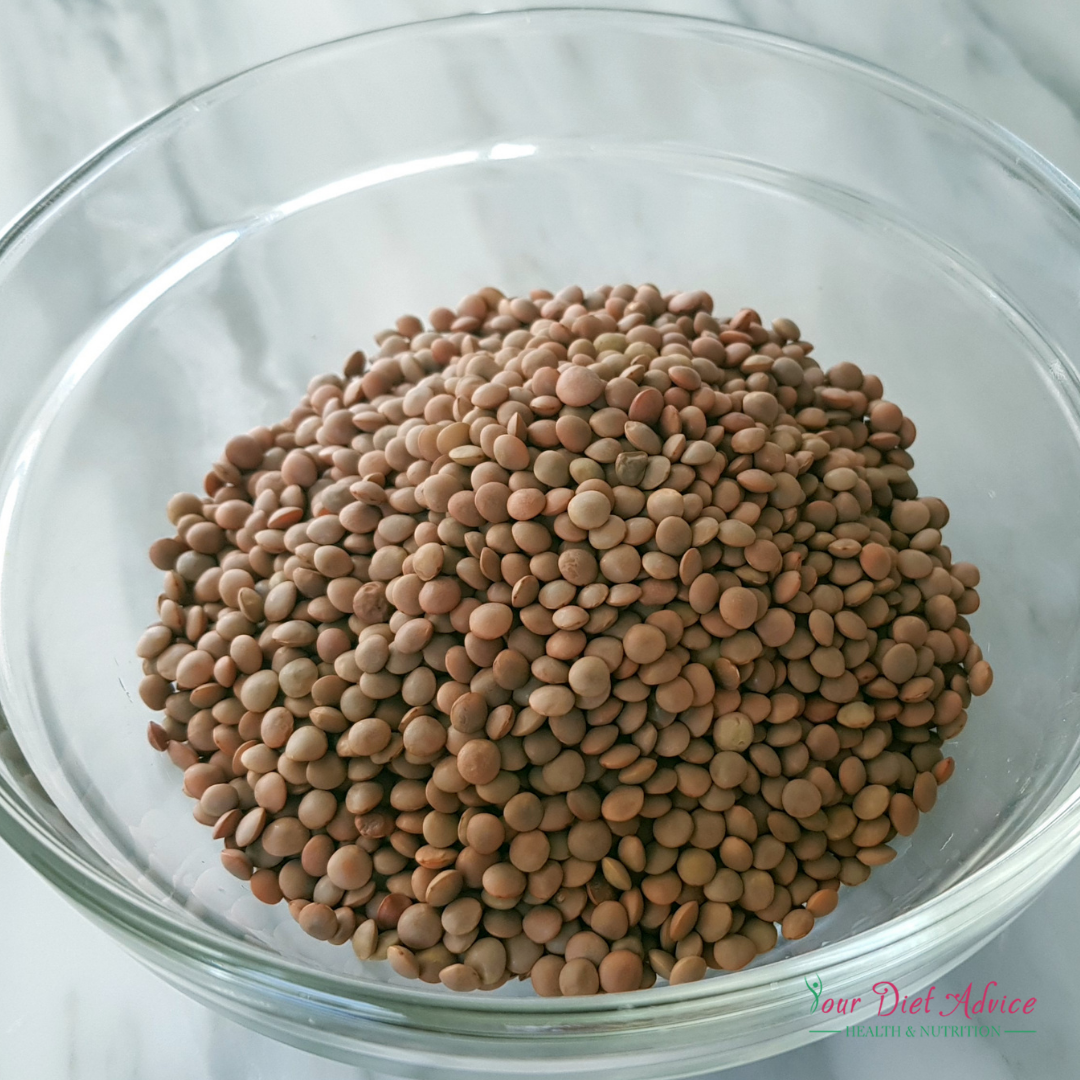
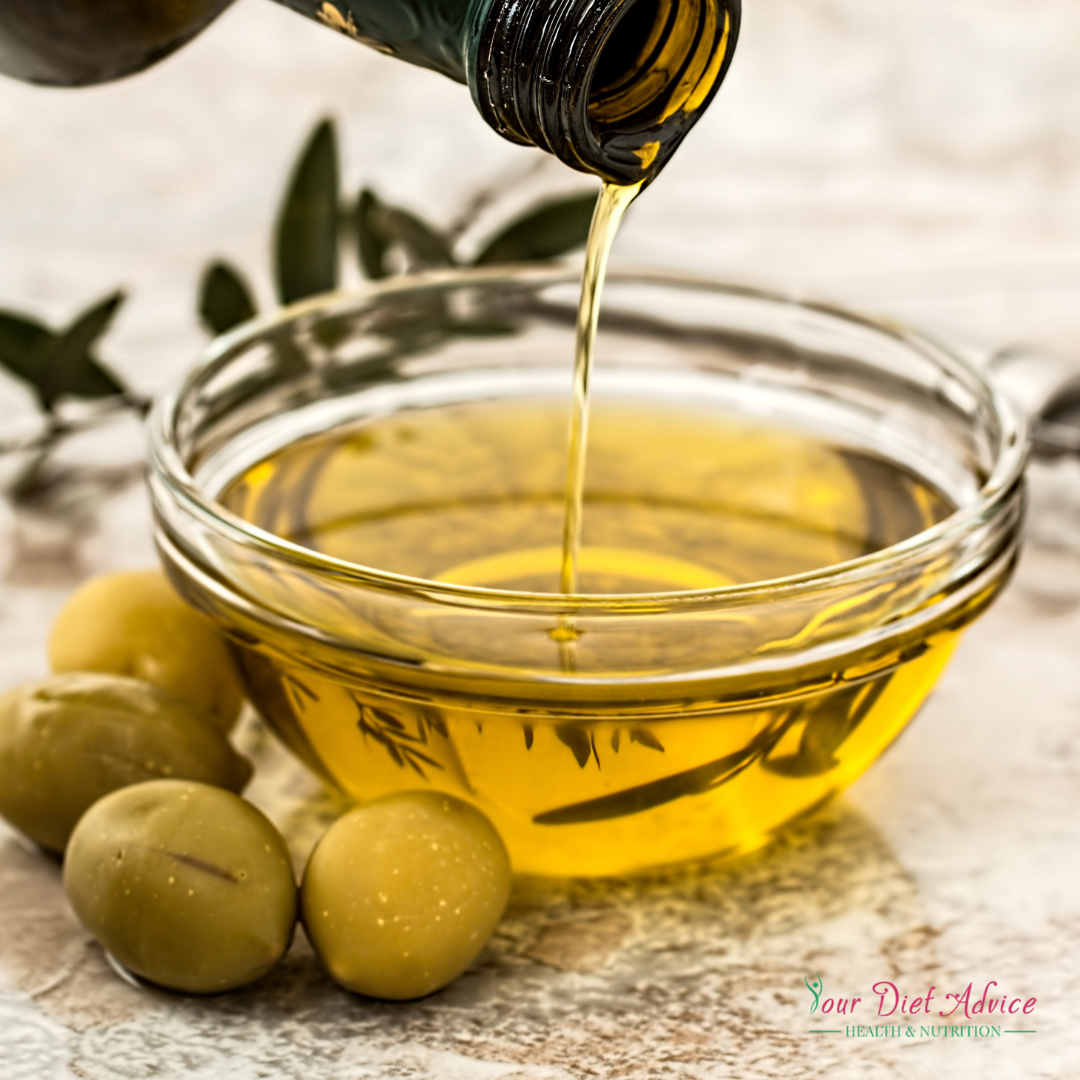


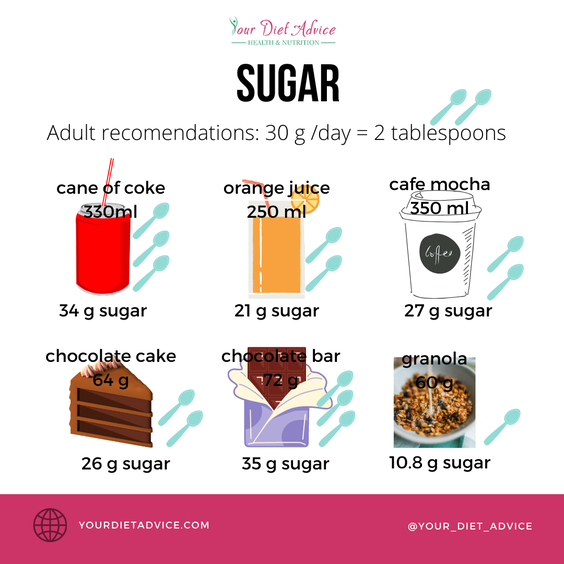
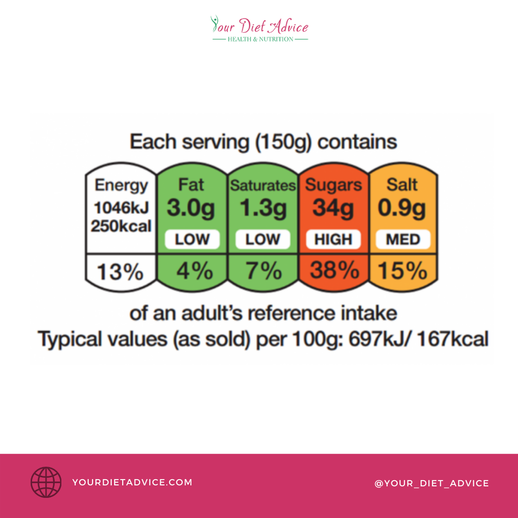
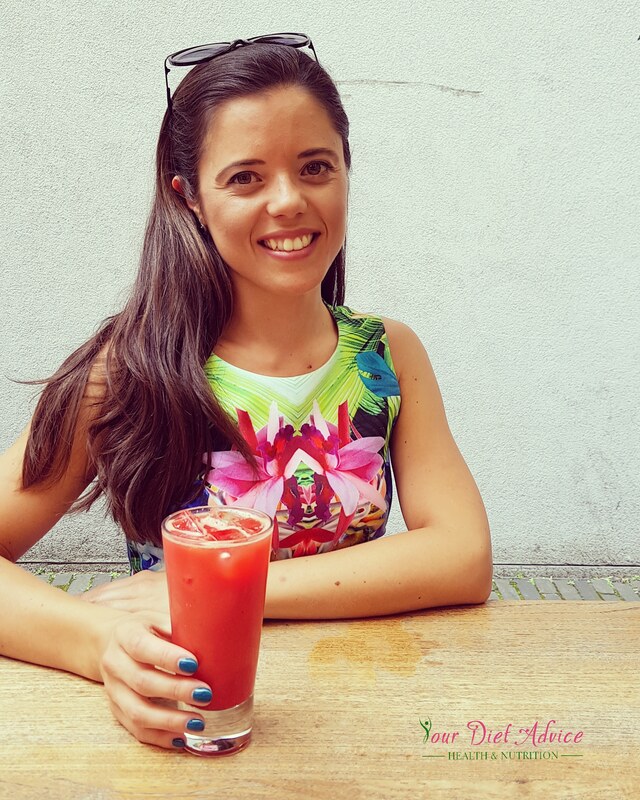
 RSS Feed
RSS Feed